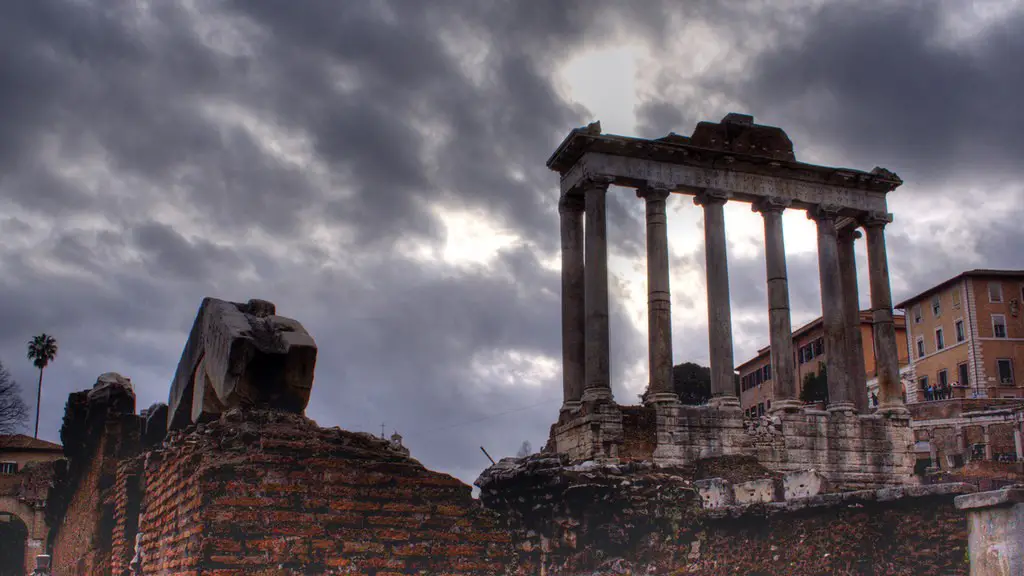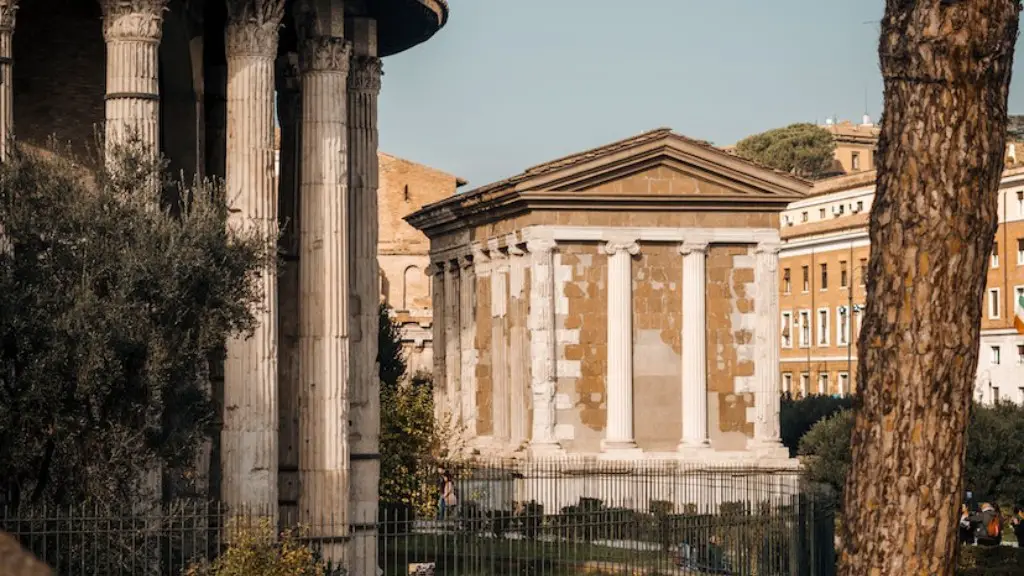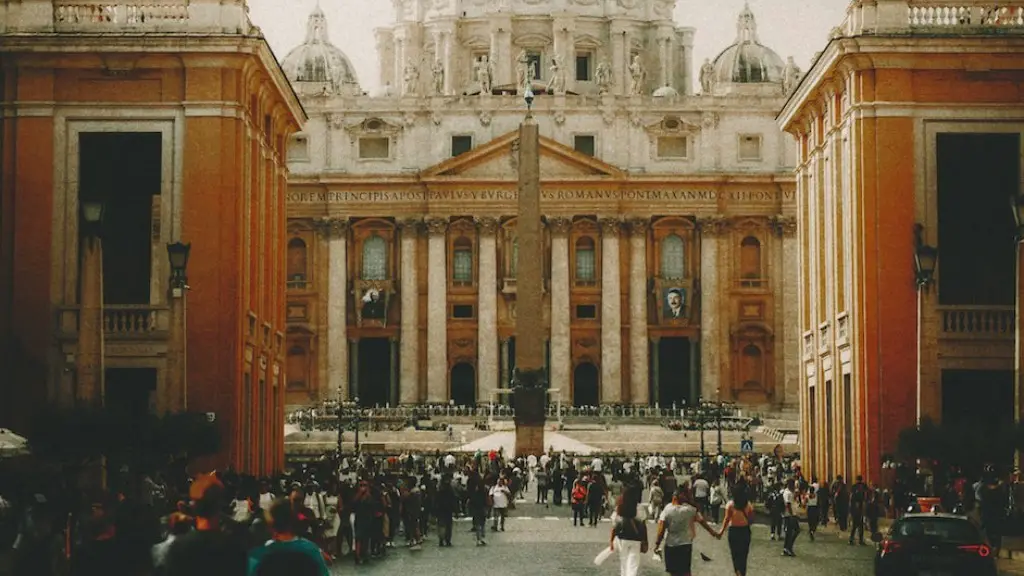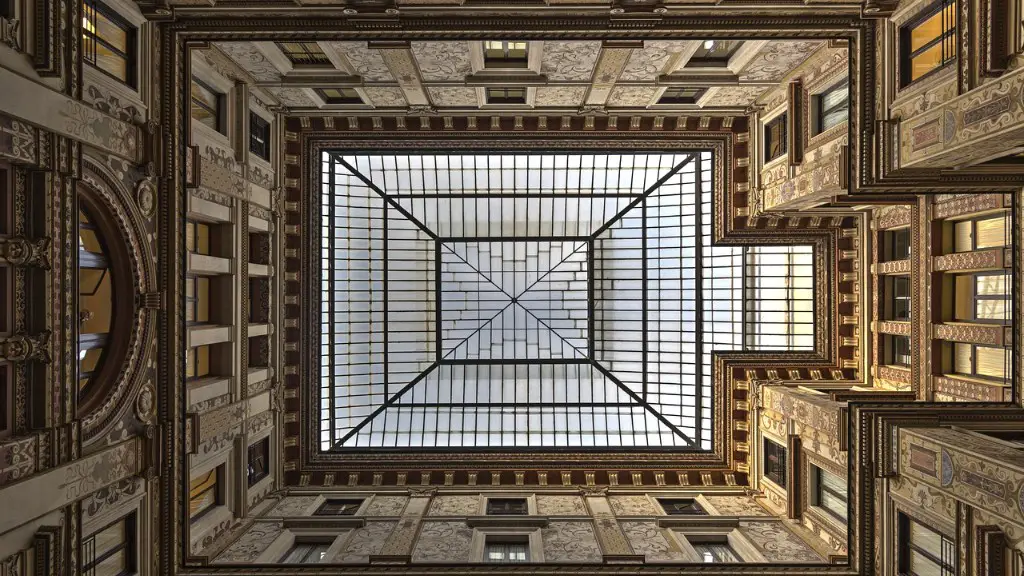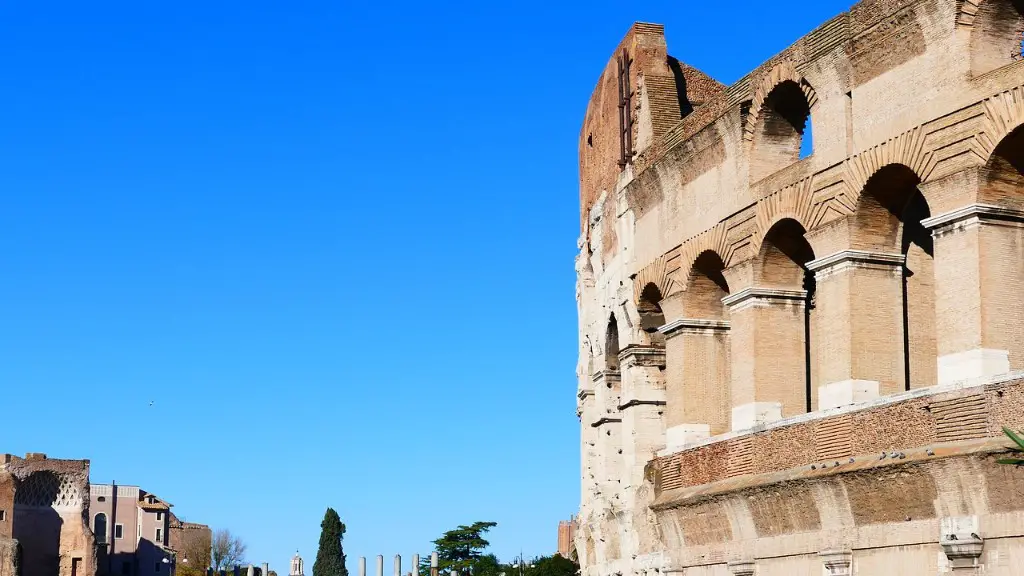The ancient Romans are renowned for their engineering feats, and their roads are no exception. The Roman road system was one of the most extensive and sophisticated of its time. Roman roads were built for durability and efficiency, and allowed for the rapid movement of troops and goods across the empire. Construction techniques varied depending on the terrain, but generally speaking, Roman roads were built by first leveling the ground and then laying down a foundation of large stones. The stones were then covered with a layer of smaller stones and gravel, which was compacted to create a sturdy surface.
The Roman roads were built by the Roman Empire and were the first long distance roads built in Europe. The roads were made of stone or dirt and were built in a straight line.
How do Roman roads last so long?
The Roman roads were some of the most impressive engineering feats of their time. They were able to stand up to the heavy use of military traffic and supply carts, due to their strong and stable construction. The roads were built from aggregates, which are small stones of different sizes that are compacted together. This made for a very durable surface that could withstand a lot of wear and tear.
Roman roads were built for two main purposes: to move troops and supplies quickly, and to allow for trade. Roman roads were typically around 10 feet wide, and were built with a deep roadbed of tamped rubble, which ensured that they stayed dry. The roads were also paved, which made them durable and easy to use.
How did the Romans manage to build such straight roads
Roads were aligned as a series of straights with changes of direction taking place at high points. This was done in order to avoid obstacles and make the road easier to travel on. Roads were also aligned along ridges and watersheds wherever possible in order to take advantage of the natural landscape. Rivers were preferably crossed at fords, which were then mainly paved. This was done in order to make it easier for people and animals to cross the river.
The expected rate of construction for a road is 1 1/2 yards (135m) per man per day. In at least one case, a rate of 2 yards per man per day was achieved.
Why were Roman roads so straight?
The Romans were very efficient in their construction of roads. They built them as straight as possible in order to get from point A to point B as quickly as possible. Winding roads took longer to travel and were more susceptible to ambush from bandits and robbers. The straight roads were a much safer and quicker option for the Romans.
Roman roads played a vital role in the expansion and maintenance of the Roman Empire. The network of roads allowed for efficient transportation of troops, goods, and people across the empire. Many of these roads are still in use today, though some have been built over by national highway systems. Others still have their original cobbles, making them a visible reminder of the Roman Empire’s engineering prowess.
How did Romans pave roads?
Most Roman roads were built to last, using different layers to create a sturdy foundation. The most prestigious roads had a top surface of stone blocks, which were more durable and less likely to be damaged.
hello,
Roman roads were very quick and safe to travel large distances, which made them ideal for merchants to use to transport goods all over the Roman Empire. The surface of a Roman road was cambered so that rain water would run off into the ditches, making the road easier to use in all weather conditions.
How long did Roman roads last
Roman roads were crucial in maintaining dominion over such a large empire. The road network was more than 400,000 kilometers long and out of that, 80,000 kilometers were stone-paved. This made transportation and communication much easier, which was essential in maintaining control over the vast empire.
The Romans are known for their innovative and efficient engineering, and this is reflected in their choice to build straight roads. Straight roads are easier to build and maintain than roads with bends, and they are also more efficient to use. This efficiency is due to the fact that straight roads allow for more direct travel between two points, which saves time and energy.
Who taught the Romans to build roads?
It is interesting to note that all the roads of the Roman Empire were built by the Roman military. This was likely due to the fact that there was nobody else who could do it. The Roman military employed specialists within the Roman units to actually do the work. This ensured that the roads were built to a high standard and were able to withstand the wear and tear of heavy use.
Roman roads were a quick and safe way to travel large distances. The surface of the road was shaped into a camber so that rain water would run off into the ditches. This made the roads easier to travel and less dangerous. The Roman soldiers were not the only people to use them.
How deep were Roman roads
Ancient Roman roads were built in three layers. The first of these was called the rudus, which consisted of a roadbed that was dug 30-60cm deep and was filled in part way with small stones and crushed brick for a solid foundation. The second layer was called the statumen, which consisted of a Road Wayne that was built on top of the rudus. The third layer was the pavimentum, which was a layer of large stones that were placed on top of the statumen.
The Roman aqueduct was a channel used to transport fresh water to highly populated areas. Aqueducts were amazing feats of engineering given the time period. They were able to transport water for long distances and often ran underground. This allowed for a consistent supply of fresh water to areas that would otherwise not have had access to it.
How many miles did Roman roads cover?
The Appian Way, one of the most famous Roman roads, was built in 312 BC and ran from Rome to Capua. It was used by the Roman army to transport troops and supplies. The Via Appia was the first long distance paved road built in Rome and one of the most important trade routes of the ancient world.
Roman roads were revolutionary in their time and allowed for unprecedented trade and travel. However, modern technology has allowed us to build on their legacy and create even stronger roads. Interlayers, for example, help to bind the road surface to the underlying layers, making for a much stronger and longer-lasting road. With today’s technology, we can build roads that can easily handle the heavy traffic and wear and tear of modern life.
What was wrong with Roman roads
Ruts and potholes can be a major pain for modern drivers, but it turns out that the Romans also had to deal with them. A road discovered in Ipplepen, Britain, in 2015 revealed that the Romans also had a problem with ruts. According to archaeologists, the ruts were caused by horse-drawn carts that often ran along this road. While the ruts may have been a nuisance for the Romans, they offer an interesting glimpse into the past.
Roman roads were some of the most advanced engineering feats of their time. They were constructed with multiple layers of different materials, all designed to create a sturdy, durable surface. The top layer was made of flat, wide stones, which provided a smooth surface for travelers. The bottom layer was a mix of sand and gravel, which helped to support the weight of the road and keep it from shifting. In between, there were layers of dry sand, small stones, and cement, all of which helped to bind the road together and make it stronger.
Warp Up
The ancient Romans used a variety of methods to create their roads. This includes using stone, gravel, dirt, and concrete. The Roman roads were some of the best in the world and allowed for transportation and trade to happen on a large scale.
Today, we take roads for granted. They are everywhere, and we use them every day. But have you ever wondered how they came to be? The ancient Romans were responsible for some of the earliest and most advanced roads in history. They built roads that were strong and lasting, and their methods were so effective that many of their roads are still in use today. The ancient Romans really were masters of road-building, and we can learn a lot from them about how to build roads that last.
